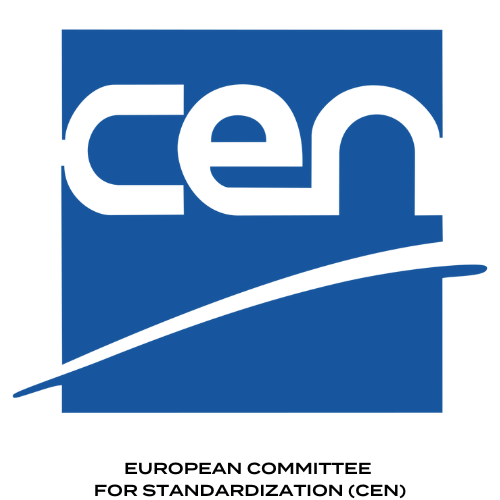Bouldering is a form of rock climbing that is done without the use of ropes or harnesses. It typically involves climbing short routes, or “problems,” on small rock formations or artificial rock walls, called boulders, using only climbing shoes and chalk to improve grip. Boulders are usually no more than 20 feet (6 meters) tall, and climbers use mats called crash pads to protect themselves in case of a fall.
Crash pads are thick foam mats that are placed under and around a boulder to protect climbers from injury in case of a fall. They are made of multiple layers of foam and are designed to absorb the impact of a falling climber. Crash pads are an important safety feature of bouldering, and it is important that they be properly certified to ensure that they meet safety standards.
Crash pads are typically certified by the manufacturer to meet certain safety standards, such as those set by the European Committee for Standardization (CEN) or the Consumer Product Safety Commission (CPSC) in the United States. Certification ensures that the crash pads have been tested to ensure that they provide adequate protection in the event of a fall.
There is no single international governing body for bouldering. Bouldering is a relatively new and rapidly growing sport, and different organizations and federations have taken the lead in promoting and organizing competitions and events at the national and international levels.
One of the main organizations for bouldering is the International Federation of Sport Climbing (IFSC), which is recognized by the International Olympic Committee (IOC) as the world governing body for the sport of climbing, which includes bouldering. The IFSC is responsible for organizing and promoting international climbing competitions, including the World Cup series in bouldering and other disciplines, as well as the Climbing World Championships.
In addition to the IFSC, there are also national and regional organizations that promote and organize bouldering events and competitions. These may include climbing federations, climbing gyms, and other organizations that are specific to individual countries or regions.










